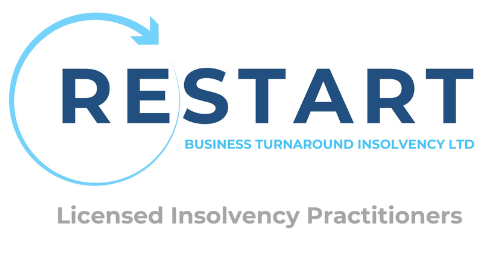Lockdown 3: Behind the Statistics

What a rollercoaster of a month! On 10th December a further extension was announced to the support measures first put forward in the Corporate Insolvency and Governance Act 2020. Protections from Statutory Demands, Winding Up Petitions and Lease Terminations were extended for businesses affected by the pandemic, and the suspension of Wrongful Trading judgements was also reintroduced. That was supposed to see business safely through to an improved trading position.
Then, just a week later, we were hit by the news of the new strain of Covid 19 spreading like wildfire through the South-East and beyond. Fast forward a little more than a fortnight and we’re back in lockdown. Where now, especially for Retail and Hospitality? Can any amount of government support repair the degree of punishment that these sectors are taking?
Here’s how the Insolvency Statistics are looking as we begin 2021.
Creditor’s Voluntary Liquidations
• Advertisements for the appointment of a liquidator increased significantly, by 15%, from 903 in November 2020 to 1,038 in December 2020.
• The year on year figures show a reduction in the appointment of a liquidator by 8%, from 1,131 in December 2019 to 1,038 in December 2020.
• The number of Creditor’s Voluntary Liquidations is nearing the numbers pre-lockdown, 1,216 in March 2016 and has been rising since August 2020, significantly so in November and December 2020.
Administrations
• Advertisements for the appointment of an administrator increased significantly by 60%, from 83 in November 2020 to 133 in December 2020.
• However, the year on year figures still show a reduction of 24%, from 176 in December 2019 to 133 in December 2020.
• They remain significantly lower than the start of lockdown, 185 in March 2020.
Compulsory Liquidations
• Advertisements for the making of a Winding Up Order increased by 15% from 45 in November 2020 to 52 in December 2020.
• They remain significantly lower than in December 2019, at 209.
• They also remain significantly lower than the start of lockdown – 235 in March 2020.
• The number of Winding Up Petitions being advertised in The London Gazette has reduced by 11%, from 75 in November 2020 to 66 in December 2020.
As a result of the UK Corporate Insolvency and Governance Act the Courts were unable to make a Winding Up Order on a petition presented between 27 April 2020 and 30 September 2020 unless it could be proved that the debtor was in financial difficulties irrespective of Covid-19. The deadline of 30 September 2020 was extended to 31 December 2020 and then until 31 March 2021 so it is likely that these levels will remain low until April 2021.
Looking Beyond the Statistics
Insolvency professionals, accountants and other business advisors broadly expect a rise in business failures during the summer, however December 2020 has shown that insolvencies are already rising at a much quicker pace than the previous 3 months.
Traditionally, the usual drivers of business failure have been high interest rates, lack of funding, and pressure from HM Revenue & Customs or from other suppliers. With interest rates remaining at their lowest levels, banks being helped and encouraged to support businesses, HM Revenue and Customs offering time to pay agreements and an effective ban on creditors taking enforcement action, directors are not under the pressures they would have faced 12 months ago.
The question remains what amount of damage has been done to business by the pandemic which is currently masked by support measures, but which will prove terminal as soon as the support is withdrawn. A close analysis of the true, underlying position is to be highly recommended for any business so that the correct measures can be put in place at the most favourable moment to protect businesses, owners and directors.
News...

Established in 2018, the directors at Restart BTi have over 50 years of experience to assist companies, business owners and individuals with expert advice and tailored solutions when facing financial difficulties.
